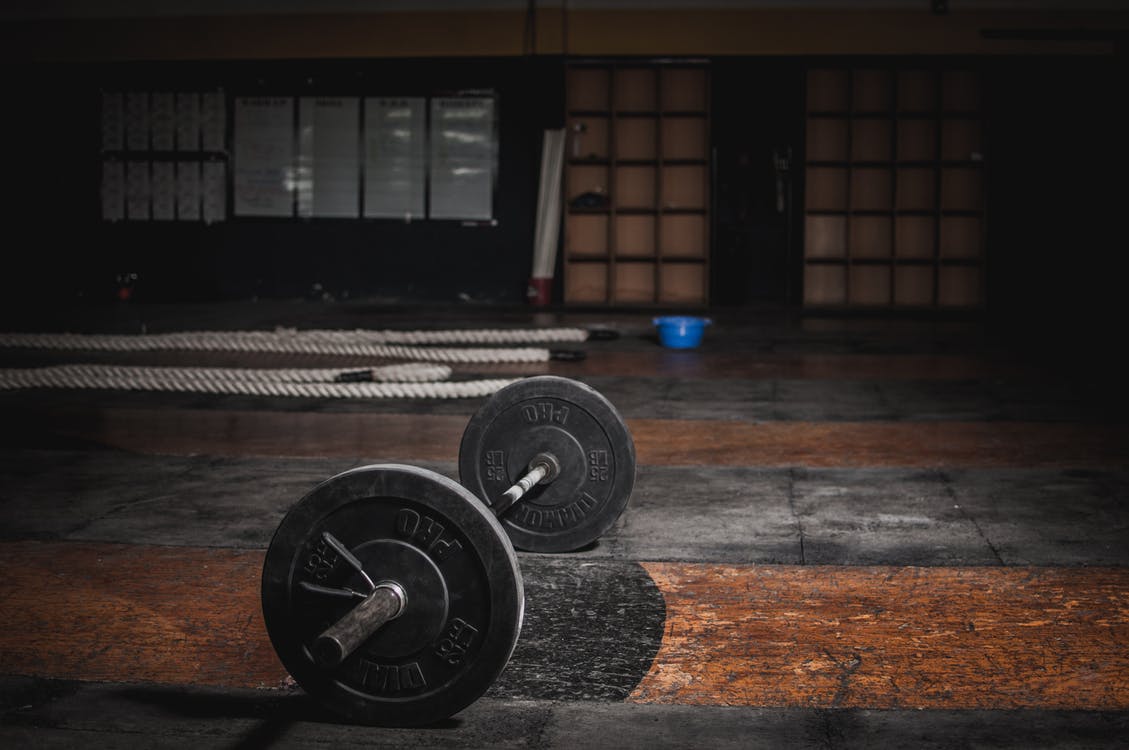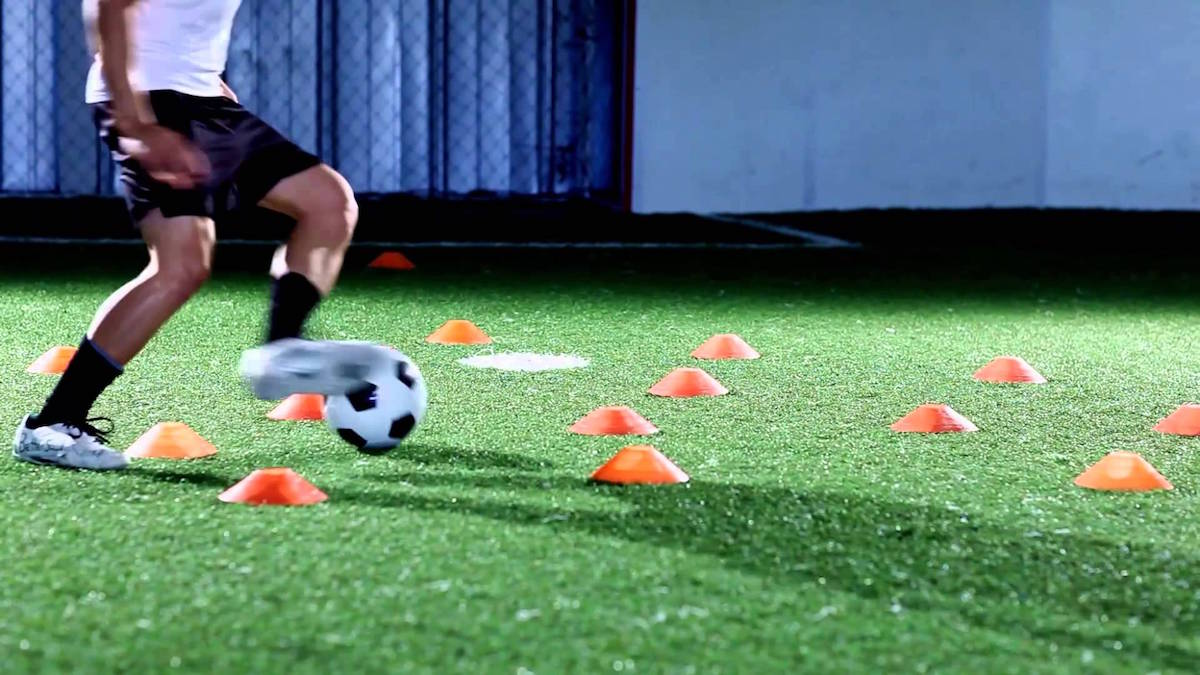The power clean and its variations is a fundamental exercise in the strength and conditioning of athletes. The exercise develops most of the muscles of the body, is easy to learn, is performed standing, involves triple extension of the hips/knees/ankles, is believed to have a lot of transfer to the playing field, and enhances power. In two previous articles, Comfort et al (2011a, 2011b, 2012) demonstrated a number of factors about the power clean exercise (see http://wp.me/p1XfMm-6s , http://wp.me/pZfZK-6z , and http://wp.me/pZf7K-3w for summaries):
• Peak power and rate of force development peaks around 70% of 1-RM, though depending upon the athlete the range may be from 50-90%.
• The power clean from mid-thigh and the clean pull from mid-thigh have the highest power out the following exercises: power clean (mid-thigh), power clean (floor), power clean (knee height), clean pull (mid-thigh)
• The power clean from mid-thigh and the clean pull from mid-thigh have the greatest rate of force production out of the following exercises: power clean (mid-thigh), power clean (floor), power clean (knee), and clean pull (mid-thigh).
The above studies looked at trained athletes. In the February issue of the Journal of Strength and Conditioning Research, Comfort et al investigate inexperienced female collegiate athletes and look at a variety of loads. In this new study, the authors study the power outputs, force outputs, and rate of force development for the power clean (floor), power clean (mid-thigh), and power clean (knee) at 60%, 70%, and 80% of 1-RM. Three lifts at each percentage were analyzed.
The results are different than in the previous studies:
• As you would expect, force output increases as the load on the bar increases. However, the power clean from the floor has the lowest force output for all the exercises at each percentage of 1-RM. The lift from above the knee has the greatest at 60% and 70% of 1-RM.
• In terms of force output, the variation from the knee has the absolute highest force output (this occurs at 80% of 1-RM). The force output for the knee starting position at 80% of 1-RM is 27% greater than the above the knee variation and 44% greater than the power clean variation.
• In terms of rate of force development, the results are all over the map:
o The power clean (mid-thigh) has the greatest rate of force development at 60% of 1-RM, this rate of force development declines as the weight increases.
o The power clean (knee) and power clean (floor) have their greatest rate of force development at 80% of 1-RM, this rate of force development increases as the resistance on the bar increases.
o The power clean (floor) has the greatest rate of force development, followed by the variation from the knee, followed by the variation from mid-thigh.
• In terms of power output:
• The power clean (floor) has the greatest power output, this occurs at 80% of 1-RM. This is followed by the mid-thigh variation, which occurs at 70% of 1-RM. This is followed by the knee variation, which occurs at 80% of 1-RM.
• For the knee and floor variations, the power out increases as the weight on the bar increases.
• For the mid-thigh variation, the highest power outputs occur at 70% and then 60% of 1-RM. The lowest is at 80% of 1-RM.
The fact that there is no clear best exercise is extremely interesting and conflicts with the previous studies by Comfort et al. This is an important finding because the previous studies were looking at well-trained athletes with power clean 1-RM’s that were in excess of 100% of body weight. This study suggests the importance of using a variety of power clean variations with the training of less experienced athletes.
Comfort, P., Allen, M., and Graham-Smith, P. (2011a). Comparisons of peak ground reaction force and rate of force development during variations of the power clean. Journal of Strength and Conditioning Research, 25: 1235-1239.
Comfort, P., Fletcher, C., and McMahan, J.J. (2012). Determination of optimal loading during the power clean, in collegiate athletes. Journal of Strength and Conditioning Research, 26(11): 2970-2974.
Comfort, P., Graham-Smith, P., and Allen, M. (2011b). Kinetic comparisons during variations of the power clean. Journal of Strength and Conditioning Research, 25: 3269-3272.
Comfort, P., McMahaon, J.J., and Fletcher, C. (2013). No kinetic differences during variations of the power clean in inexperienced female collegiate athletes. Journal of Strength and Conditioning Research, 27(2): 363-368.




